
5 Tips to Find Inspiration for Art: A Guide for Creative Souls”
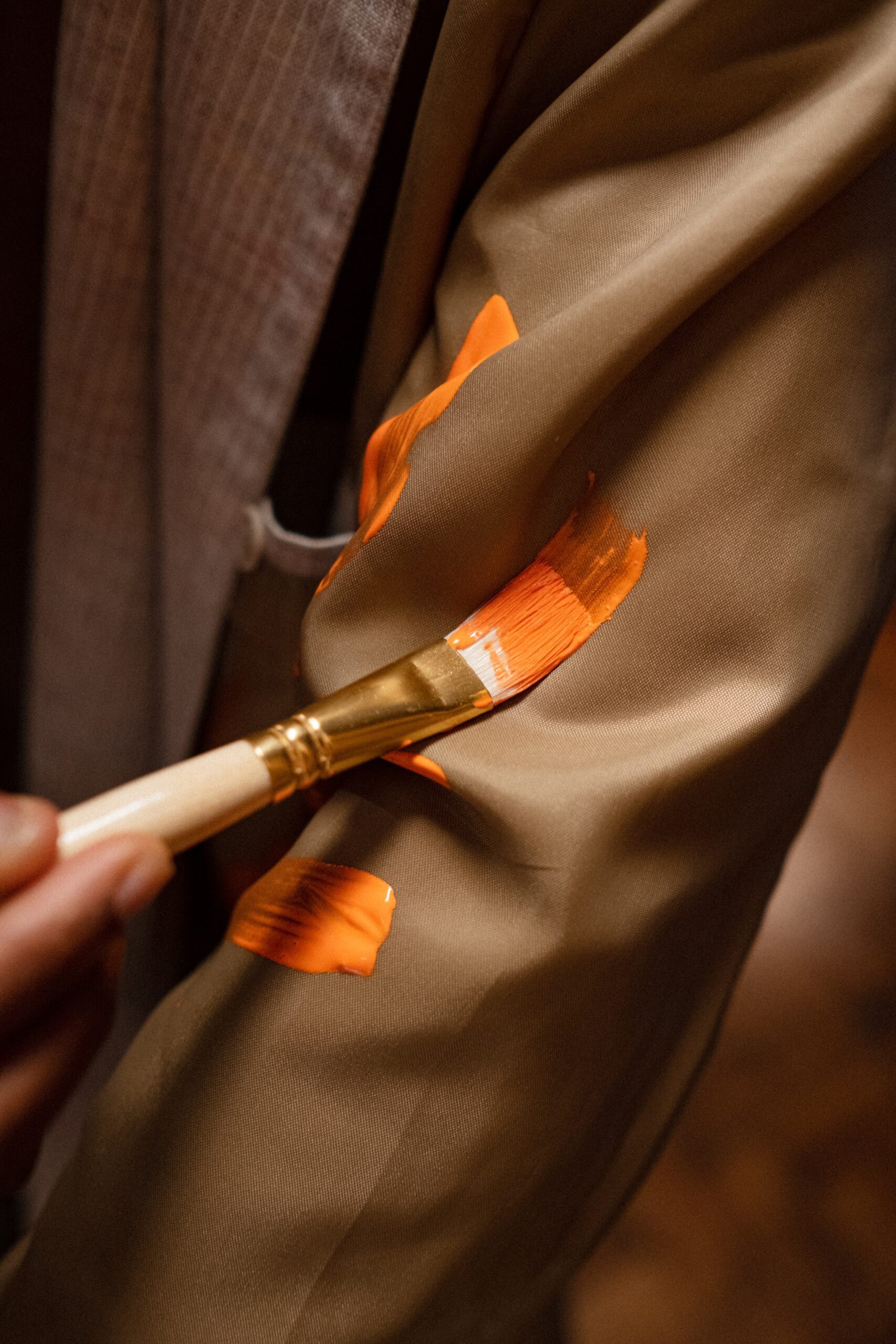

Have you ever found yourself staring at a blank canvas or a sheet of paper, unable to conjure up any ideas? Do you experience the frustration of artistic block, where inspiration seems to elude you at every turn? As an artist, you know that creativity is an essential aspect of your work, yet finding inspiration can often feel like an impossible task.
But what if I told you that inspiration is all around you, waiting to be discovered? And here In this article, I have found you some ways that can end your struggle of finding inspiration for your art. With these methods, you can unleash your imagination and find your creative spark.
This article includes
- The importance of creativity in art.
- The search for inspiration through observation, exploration, collaboration, and self-reflection, with the benefits and drawbacks of each method
- The power of imagination in creativity, its connection to inspiration, and ways to cultivate and enhance imagination
- Finding inspiration for your art in unusual places, including nature, dreams, pop culture, and everyday life
- Techniques to stimulate imagination, such as daydreaming, mind mapping, brainstorming, and exploring new ideas
- Emphasis on finding inspiration as an artist, the potential of creativity, and words of encouragement.
So, let’s dive in and uncover the secrets of finding inspiration as an artist.

The Power of Imagination – The Role of Creativity
Creativity is the fuel that drives the artistic imagination. It’s the ability to think outside the box and see the world in a new light. It enables artists to take risks, experiment with new techniques, and break free from conventional thinking.
Finding Inspiration
Searching inspiration for your art can feel like a daunting task, but it doesn’t have to be. Inspiration can come from many sources, such as nature, personal experiences, other artists’ work, and even mundane things like a cup of coffee or a walk in the park.
Beyond the Canvas – Finding Inspiration in Everyday Life
Sometimes, the best inspiration comes from the world around us. Take a break from the studio and explore your environment. Notice the colors, shapes, and textures of everyday objects, and let them inspire you. It might surprise you what you find.
Exploring Your Inner World – Inspiration from Personal Experiences
Your personal experiences are unique and can be a great source of inspiration for your art. Use your emotions, memories, and perspectives to create art that reflects your own story. Whether it’s a joyful moment or a painful one, your experiences can give your work depth and meaning.
Looking for inspiration as an artist can be a challenging process, but it’s essential to producing meaningful work. By tapping into your creativity, exploring the world around you, and drawing on personal experiences, you can unlock your muse and create work that speaks to the hearts and minds of others.
Find Inspiration For Your Art – Methods and Benefits
As an artist, the search for inspiration can be a challenging but rewarding process. There are different ways to find inspiration, and each method has its benefits and drawbacks. In this section, we’ll explore some ways you can search for inspiration and the advantages and disadvantages of each method.
1- The Art of Seeing – Observation as a Source of Inspiration
Observation is one of the most common to find inspiration for your art. By observing the world around them, artists can draw on the shapes, colors, and textures of the environment to create something new. Observing other artists’ work can also be a great way to find inspiration and learn new techniques.
Observation requires taking a step back and seeing the world with fresh eyes. It’s about paying attention to the details, and noticing the small things that others may miss. By observing the world, artists can discover new perspectives, themes, and ideas that they can incorporate into their work.
2- Adventure Awaits – Exploration and the Search for Inspiration
Exploration involves actively seeking new experiences and environments. It’s about immersing oneself in the unfamiliar and letting that experience shape the creative process. Exploration can be done through travel, trying new things, or simply stepping outside one’s comfort zone.
Exploration requires a sense of adventure and a willingness to take risks. It’s about leaving behind the familiar and embracing the unknown. By exploring new environments, artists can find inspiration in the colors, shapes, and textures of new surroundings.

3- Strength in Numbers – Collaboration as a Catalyst for Inspiration
Collaboration involves working with other artists, writers, or creatives to create something new. It’s about bouncing ideas off one another, learning from each other’s techniques, and inspiring one another to reach new heights.
Collaboration requires open communication, mutual respect, and a willingness to compromise. It’s about sharing ideas and building on each other’s strengths. By collaborating with other artists, individuals can find inspiration in the collective creativity of the group.
4-The Inner Journey – Self-reflection and the Creative Process
Self-reflection involves looking inward to find inspiration for your art. It’s about examining one’s own experiences, emotions, and beliefs and using them to create art that is authentic and meaningful. Self-reflection can be done through journaling, meditation, or simply taking time to reflect on one’s thoughts and feelings.
Self-reflection requires honesty and vulnerability. It’s about taking a deep dive into one’s own thoughts and emotions and using that inner journey to create something unique. By looking inward, artists can find inspiration in their own experiences and create art that speaks to their authentic selves.
5- Reading and Exploring New Ideas
Exposure to new ideas and concepts can help to stimulate imagination. Reading books, attending exhibitions, and exploring new places can all help to fuel your imagination and lead to new insights and perspectives.
Benefits and Drawbacks
Each method of finding inspiration has its benefits and drawbacks. Observation and collaboration can provide new perspectives and help artists break out of creative blocks. Exploration can bring new environments and experiences, while self-reflection can help artists create work that is true to them.
However, each method also has its drawbacks. Observation can lead to imitation or feeling overwhelmed by the world’s stimuli. Collaboration can lead to creative conflicts or feeling pressured to conform to the group’s ideas. Exploration can be costly or lead to sensory overload, while self-reflection can lead to isolation or feeling stuck in one’s own thoughts.
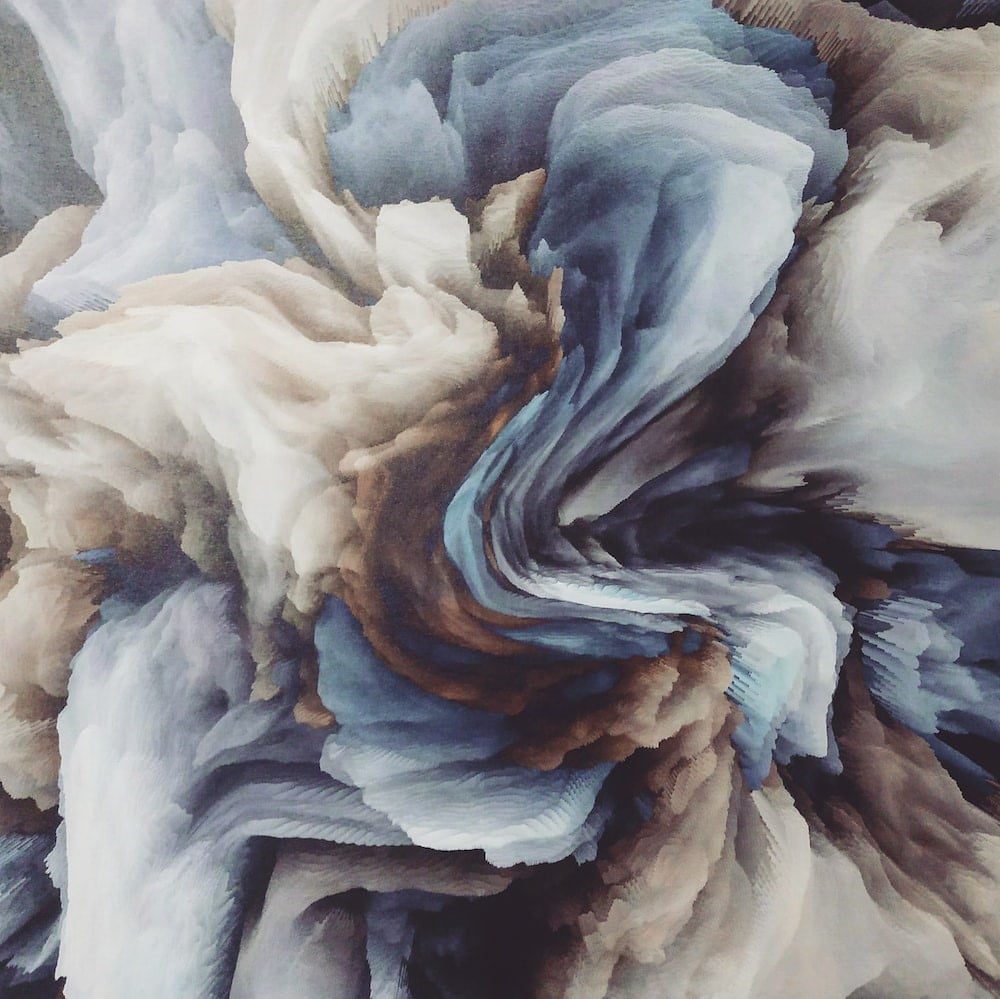
(Source)
Finding inspiration for your art is a never-ending process, and each method has its own unique benefits and drawbacks. By observing the world, exploring new environments, collaborating with others, and engaging in self-reflection, you can unlock new perspectives, break through creative blocks, and create work that is true to you.
The key is to find the method that works best for you and to stay open to new ideas and perspectives. With a bit of creativity, you can turn even the most mundane experiences into a source of inspiration.
By taking risks, trying new things, and staying true to yourself, you can unlock your full creative potential and create art that is truly inspiring. Remember, inspiration is all around us, and it’s up to us as artists to find it and turn it into something beautiful.
The Power of Imagination
I cannot overstate the role of imagination in creativity The power of imagination when it comes to creativity. It’s the spark that ignites the fire of new ideas and unique perspectives. Imagination enables artists to visualize concepts that others may not see, leading to innovative and inspiring works of art.
The connection between imagination and inspiration Imagination and inspiration are interconnected in a way that one fuels the other. Inspiration often comes from seeing something in a new light, which requires a shift in perspective. Imagination allows artists to do just that, to see beyond what is in front of them and explore new possibilities. In turn, inspiration feeds the imagination, leading to a continuous cycle of creativity and innovation.
Ways to cultivate and enhance your imagination Cultivating and enhancing imagination requires effort and deliberate action. Here are some ways that artists can do just that:
Ø Daydreaming
Allow your mind to wander and explore new ideas. Take some time each day to daydream and let your imagination run wild.
Ø Mind Mapping
Creating a visual representation of your ideas can help to stimulate imagination. Mapping out ideas and concepts can lead to new connections and insights that may have been overlooked before.
Ø Brainstorming
Generating multiple ideas and possibilities is a great way to exercise your imagination. Don’t be afraid to think outside the box and explore new avenues of thought.
Finding Inspiration in Unusual Places
The value of finding inspiration in unexpected places While it’s important to search for inspiration through traditional means such as observing other artists and exploring new environments, sometimes the most unexpected places can provide the best inspiration. Finding inspiration in unusual places can help you tap into your unique perspective and create works that are truly original and thought-provoking.

Where to Find Inspiration Outside of the Norm
Nature
Nature is a vast and ever-changing source of inspiration. From the intricate patterns found in leaves to the way light filters through the trees, nature provides endless inspiration for artists. Even the smallest details found in nature can lead to beautiful and unique works of art.
Dreams
Dreams can be a powerful source of inspiration for artists. They can provide a glimpse into the subconscious and offer a unique perspective on the world. Dreams can inspire an artist to explore new themes and ideas in their work, leading to truly original and thought-provoking pieces.
Pop Culture
Pop culture may seem like an unlikely source of inspiration, but it can offer a wealth of ideas and themes for you. From movies and TV shows to music and fashion, pop culture can inspire artists to explore new perspectives and create works that reflect current cultural trends.
Everyday Life
Sometimes, the most mundane aspects of everyday life can provide the best inspiration. Everyday objects and situations can be transformed into beautiful works of art when viewed through an artist’s unique perspective. From a simple cup of coffee to a crowded street corner, finding inspiration in everyday life can lead to works that are relatable and thought-provoking.
Finding inspiration in unusual places can help artists tap into their unique perspectives and create works that are truly original and thought-provoking. By exploring new environments, looking beyond traditional sources of inspiration, reading about some artists and viewing everyday life through a creative lens, you can find inspiration for your art. So, keep an open mind, explore new avenues of thought, and let your imagination run wild. Who knows where it may lead you?
Remember
Finding inspiration as an artist is an ongoing journey that requires patience, dedication, and an open mind. It is essential to remember that creativity is not limited to a select few, but it has the potential to flourish in anyone who is willing to put in the effort.
So keep creating, exploring, and never give up on the search for “how to find inspiration for your art”, as it is the fuel that drives your artistic practices. Take care!
Images from:
https://stock.adobe.com/search?k=inspirational+art&search_type=autosuggest














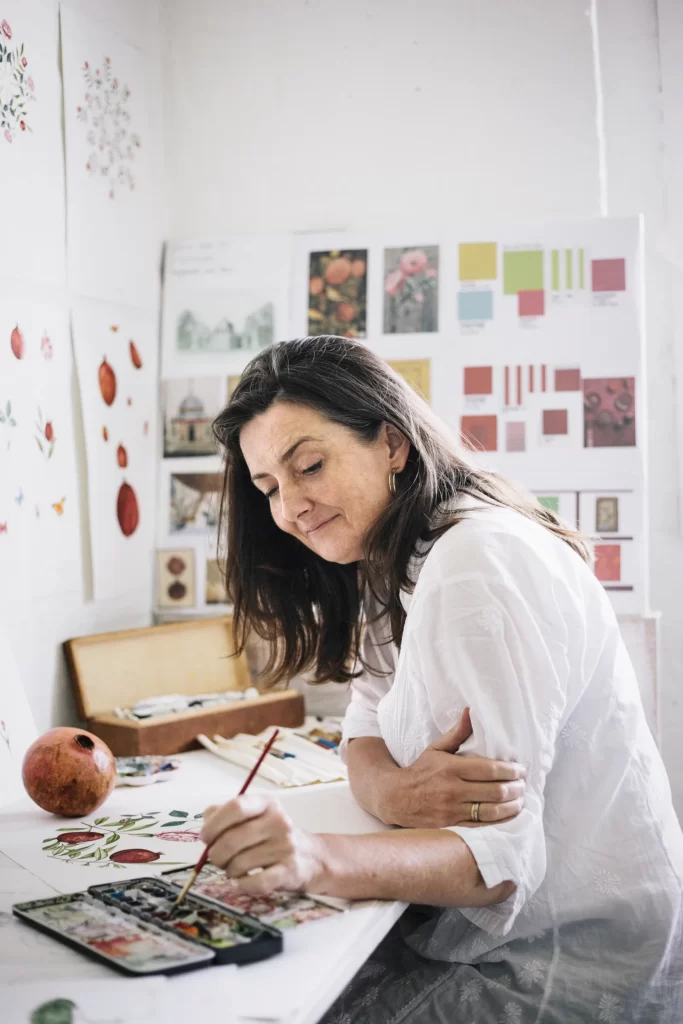
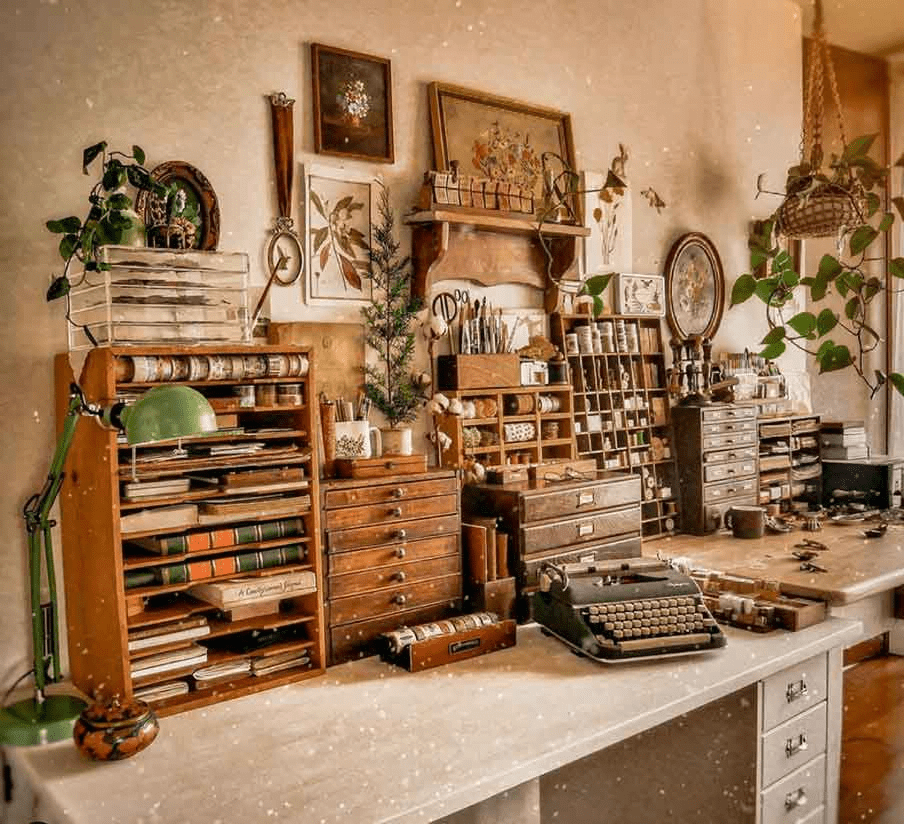
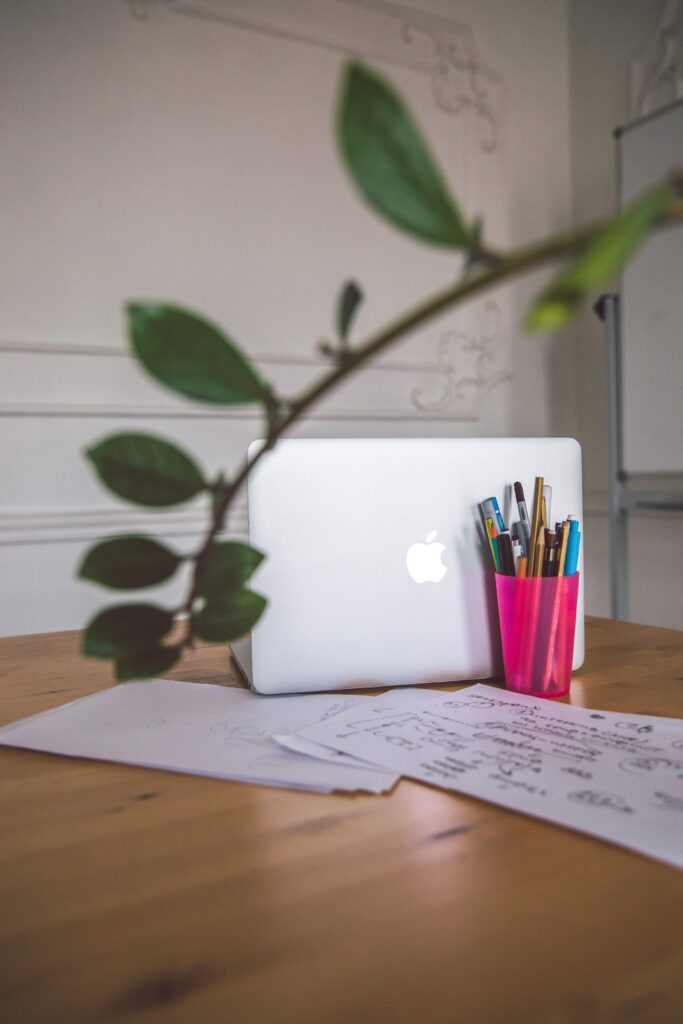
Comments 11